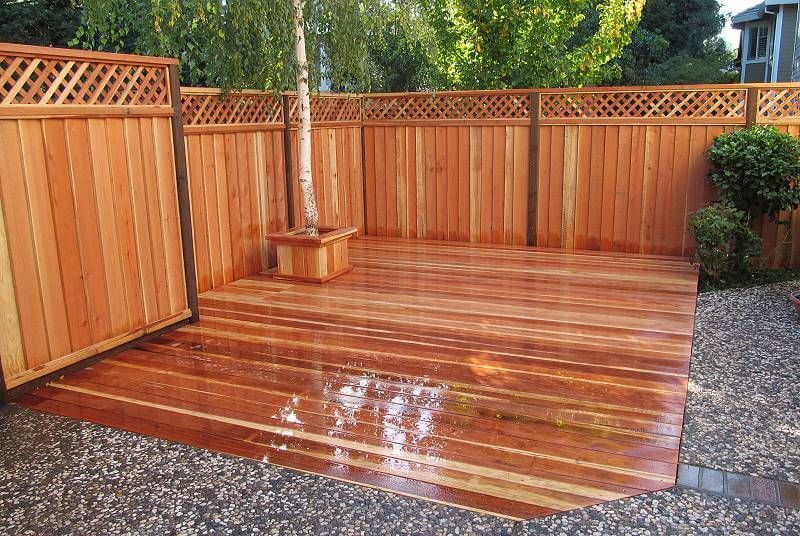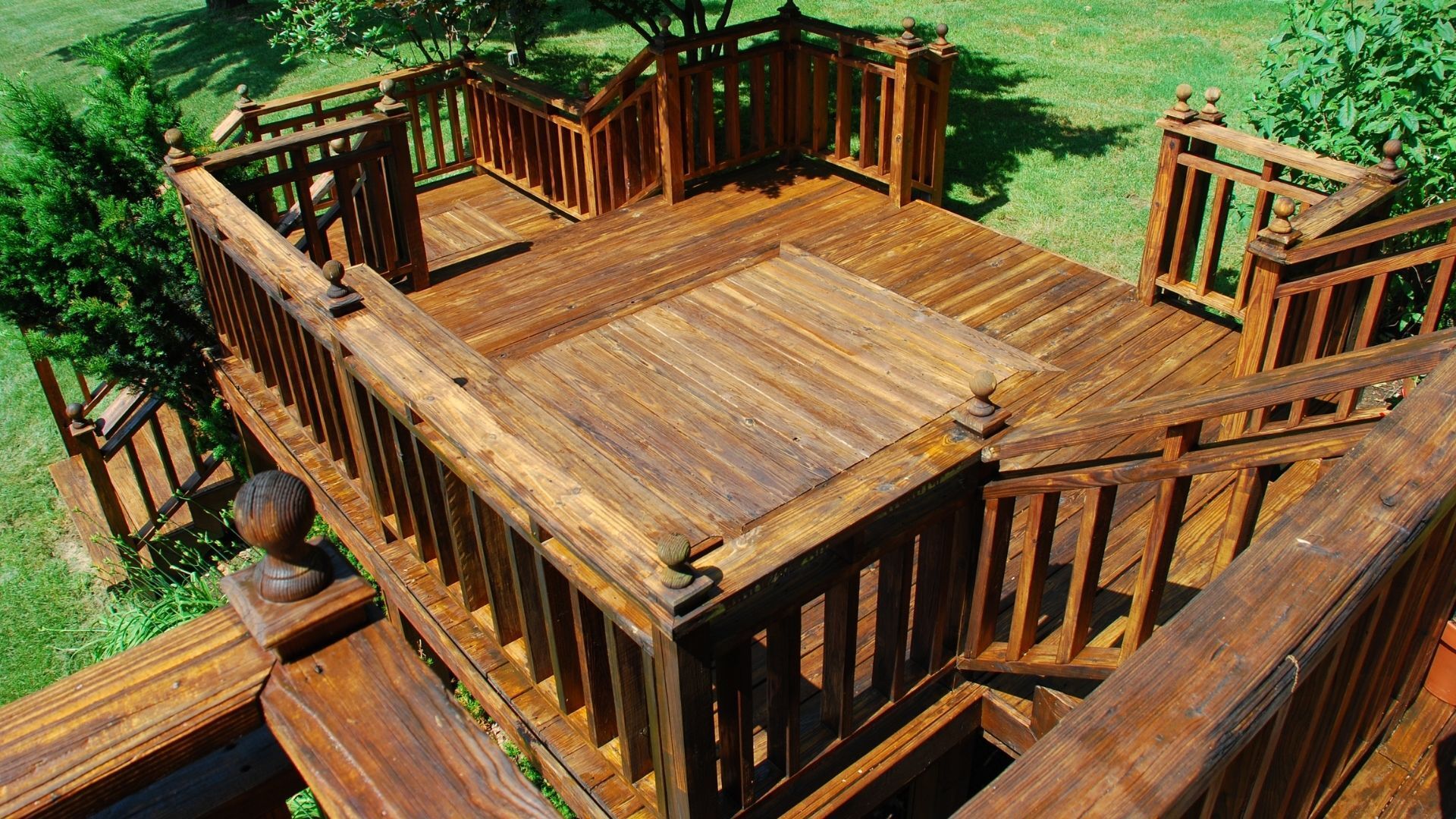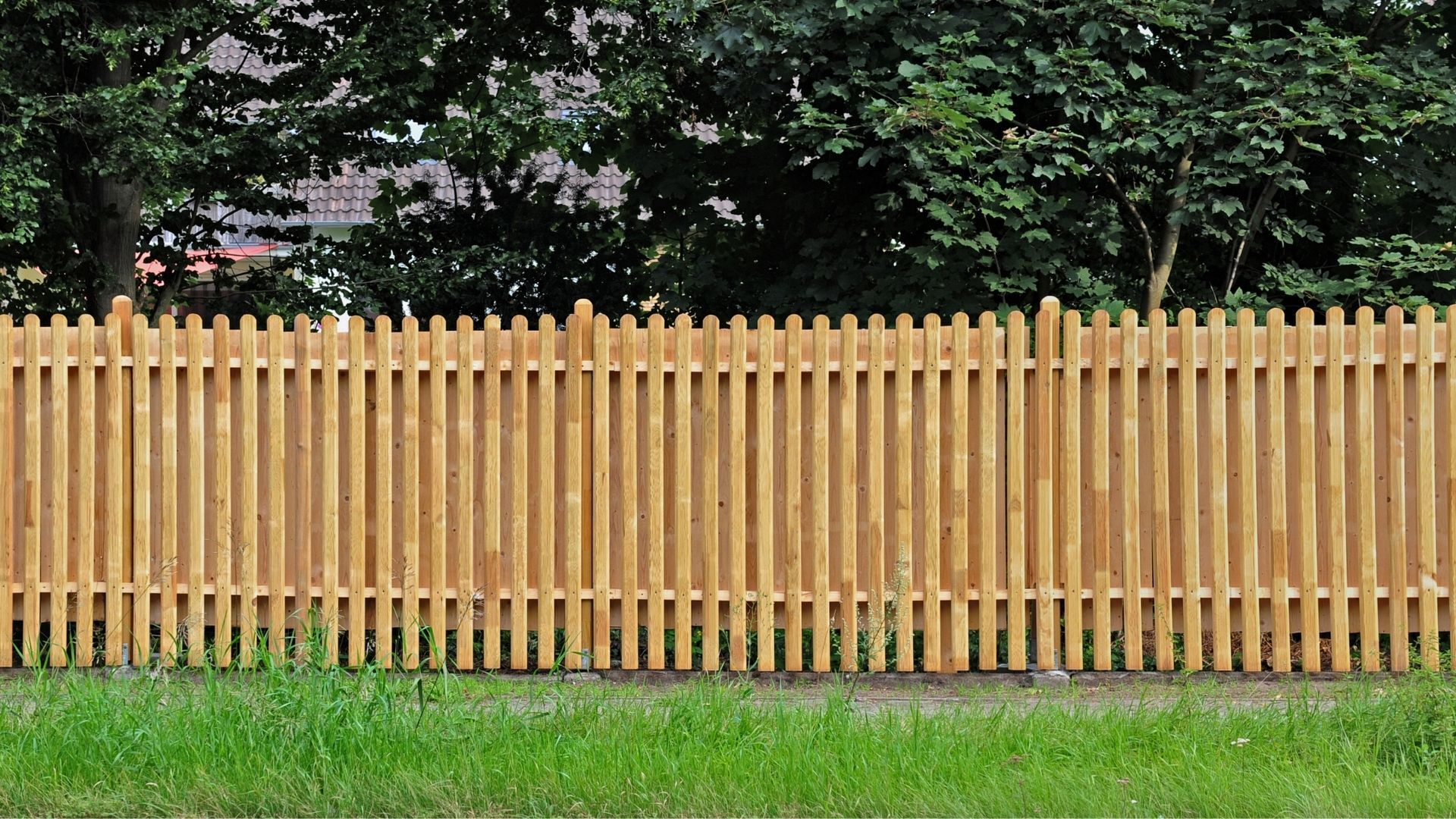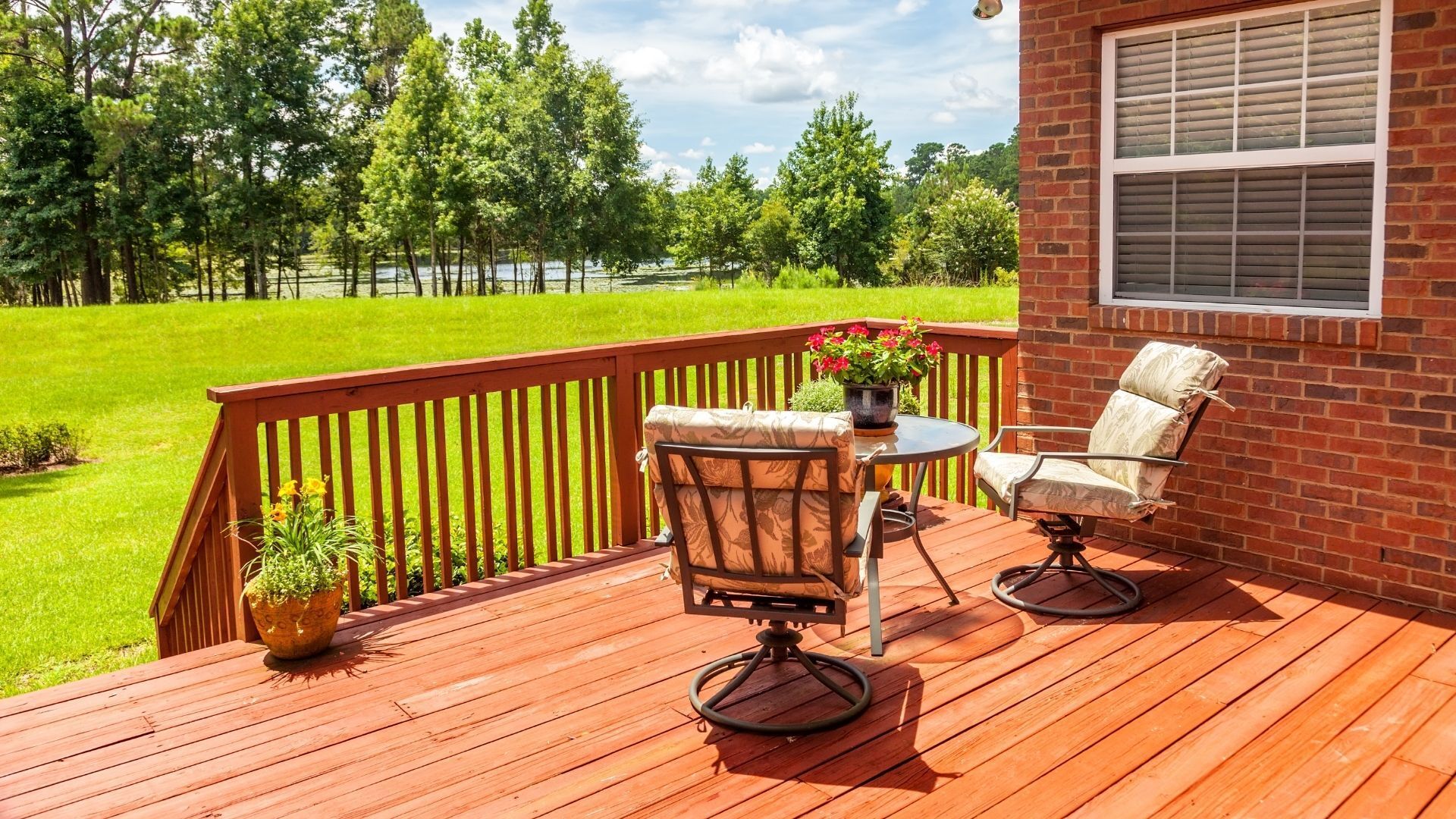Victoria Deck and Fence
Deck and Fence Company Shares Tips on Keeping Wood Deck Free From Mould and Pests
Ever wondered what keeps a deck looking pristine against British Columbia’s weather? The secret lies in smart, preventative measures from a deck and fence company.
When wood absorbs too much moisture, it hits a tipping point where fungal decay can quietly set in. This weakens its structure and leads to unsightly deterioration. And the sun doesn’t do any favours either; its UV rays break down lignin, the natural glue that holds wood fibres together, which only speeds up the damage.
At Victoria Deck and Fence, we’re dedicated to more than just building decks and fences—we build lasting outdoor spaces. We design custom solutions to guarantee your investment stands the test of time. Let’s take a closer look at how we safeguard your investment from the elements of Victoria.
Key Takeaways:
- Wood absorbs moisture, which makes them vulnerable to fungal decay, warping, and pest infestations.
- Proper drainage, airflow, and protective sealants from Victoria Deck & Fence prevent mould growth and insect damage. Regular cleaning and trimming of vegetation also help.
- You must identify the early signs of mildew and pests to take prompt action and avoid expensive deck repair.
Why Prevention is Key for Your Wood Deck
Wood is a hygroscopic material (absorbs and releases moisture from the surrounding environment). This inherent property makes it susceptible to several degradation processes. Excessive moisture content in wood (> 20%) can lead to:
- Fungal Decay: Fungal spores are everywhere, and they only need a bit of moisture and warmth to get going. Once the spores germinate, the fungi break down the wood through biodegradation.
- Dimensional Instability: Wood naturally expands when it absorbs moisture and contracts as it dries. This continuous movement can cause surface cracks (known as checking) and even splitting, which affects its look and strength over time.
Prolonged exposure to sunlight leads to UV degradation, where ultraviolet rays break down lignin. This photodegradation makes the wood more prone to cracking, warping, and absorbing even more moisture.
Also, insects like termites and carpenter ants pose another significant threat. Termites feed on cellulose (a major wood component), while carpenter ants are attracted to moist conditions. Both create tunnels in the wood, eventually weakening the overall structure.
What Mould and Mildew Does to Your Deck & Fence Project
Moulds are multicellular fungi that reproduce by releasing microscopic spores. These spores can travel far and germinate in damp conditions. You might see mould on your deck in colours like black, green, brown, or white, and its texture can range from fuzzy to powdery or even crusty.
Mildew is a more superficial type of fungal growth, often appearing in damp, poorly ventilated areas. It usually forms flat, filamentous white, gray, or yellow patches. While mildew is generally less aggressive than mould, its presence can still contribute to the overall degradation of the wood.
Wood decks exposed to excessive moisture due to poor drainage, condensation, or inadequate drying time after rain or cleaning become prime targets for fungal growth.
Creating a Hostile Environment for Mould and Pests
Preparing and Maintaining Your Outdoor Living Spaces
| Build Proper Drainage | Builders at Victoria Deck & Fence make sure your outdoor area has a slight slope that directs water away from your house and foundation. It’s a good idea to clean your gutters and downspouts periodically. Our deck builder guarantees that water doesn’t pool around the deck’s edges. |
| Promote Airflow | Trim back any overgrown vegetation and leave enough clearance between the deck and the ground. This keeps the area looking tidy and boosts air circulation underneath your deck. Doing so helps it dry quickly after rain or cleaning. |
| Regular Cleaning | Remove leaves, debris, and organic matter regularly from the surface. Cleaning reduces moisture retention and eliminates potential food sources for insects. |
Applying Surface Treatments
Water-Repellent Stains and Sealants
These products create a hydrophobic barrier on the wood to reduce water absorption and help the surface dry faster. Oil-based stains offer better water repellency than water-based ones, though they might need more frequent reapplication. Our professional fence services help maintain these treatments.
Borate-Based Wood Treatments
These treatments use boron compounds to keep many wood-destroying insects at bay. Keep in mind that their effectiveness can fade over time, so you may need professional help to apply and reapply them as needed.
At-home Mould Removal Tips
- If you’re dealing with less than 10 square feet of mould growth, you can handle it yourself. Just be sure to protect yourself with gloves, eye protection, and a respirator when using cleaning solutions.
- A common approach is to mix one part bleach with four parts water. Always follow the manufacturer’s instructions for safe and effective use.
- Start by thoroughly wetting the mouldy area to loosen the spores. Apply your bleach solution, scrub the surface with a stiff brush, rinse well with clean water, and then allow the area to dry completely.
When to Call a Professional: If you encounter extensive mould growth, especially if it might be toxic black mould (Stachybotrys chartarum), it’s best to bring in professionals. This mould can produce harmful mycotoxins and requires specialized cleaning techniques to remove them safely.

Build Your Pest and Mould-Free Outdoor Living Space with Victoria Deck & Fence
Ready to create an outdoor oasis where you can enjoy the Victorian weather? The strategies above help you design a space that keeps mould and pests at bay. With these proactive measures and Victoria Deck & Fence, you can enjoy a longer-lasting deck that meets the local building codes.
Reach out to us today for a free consultation. Our experienced deck builders and fence contractors are ready to help turn your vision into a perfect hangout spot.
Frequently Asked Questions
Are certain wood species inherently more resistant to mould and pests?
Yes. Species like cedar wood, redwood, and pressure-treated wood are naturally more resistant to decay and insect infestation due to biocides or fungal toxins in a deck design. Our deck and fence builders can advise you on the best wood choice for your old fence and deck.
How can I keep spiders away from my deck & fence installation without harming them?
Spiders are great for keeping other pests in check, so we recommend a balanced approach. Start by decluttering and removing webs on your furniture. You can also use a light peppermint oil spray around the perimeter.
How often should I reseal my wood deck installation?
It depends on the sealant type, but most custom decks and fence projects require reapplication every 1–3 years. Look for water absorption or fading as signs it’s time for a new coat.



